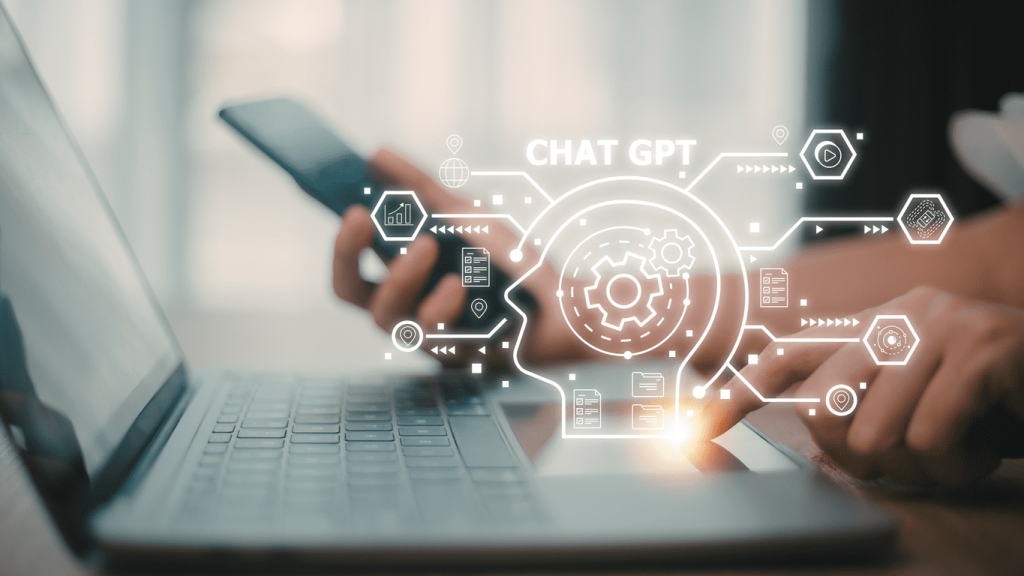As the world becomes increasingly digitized, there has been a growing interest in exploring the use of artificial intelligence (AI) in the field of mental health. While AI-powered therapy may not be a complete replacement for traditional therapy, it has the potential to revolutionize mental health care by making treatment more accessible, efficient, and affordable for everyone.
ChatGPT, a language model developed by OpenAI, is just one example of how some people use AI as a personal therapist for anxiety and depression.
When a user types “I have anxiety” into ChatGPT, the chatbot responds with recommendations, such as relaxation techniques, cutting caffeine and alcohol, and seeking support from friends and family. While the advice is not particularly original, some users have reported that the chatbot’s responses are as good as, or even better than, traditional therapy.

The potential of AI therapy to provide quicker and cheaper access to support than traditional mental health services, particularly in regions where mental illness remains taboo, has been acknowledged by some AI enthusiasts. However, using AI in mental health treatment raises ethical and practical concerns, including how to protect personal information and medical records and whether a computer program can genuinely empathize with patients.
While the technology behind ChatGPT is still in its early stages, the platform and its fellow chatbot rivals struggle to match humans in certain areas and can produce unpredictable or inaccurate answers.
So far, AI’s use in dedicated mental health applications has been confined to “rules-based” systems in well-being apps such as Wysa, Heyy, and Woebot.
Start-up mental health apps such as Wysa, Heyy, and Woebot provide early-stage tools for mental health treatment by supplementing traditional services, despite concerns that the rapid development of AI technology could pose risks to human well-being. These apps are built with clinical safety guardrails in mind and utilize a rules-based model, drawing from cognitive behavioral therapy to help users address anxiety and depression. Wysa, Heyy, and Woebot emphasize that they do not intend to replace human-based therapy. However, the AI industry remains largely unregulated, with China and the EU taking steps to introduce guardrails.

While ChatGPT and mental health apps are considered “wellness” services, they are not yet regulated by health watchdogs. “Powerful AI systems should be developed only once we are confident that their effects will be positive and their risks will be manageable,” warns a group of signatories calling for a six-month pause on training AI systems more potent than GPT-4.
The use of AI in mental health treatment has sparked a debate on whether it could provide an alternative to traditional therapy or if it should only be used in conjunction with human therapists. While current AI chatbots lack the ability to create rapport and mimic the bond between a patient and therapist, some experts believe that AI could help conduct research and identify early signs of relapse.

However, there is a concern about relying solely on AI for clinical treatment, as it may not meet appropriate standards of care and can even create more significant problems.
As ethicist Tania Manríquez Roa puts it, “We need to take a step back to think, ‘Do we need algorithms at all?’ and if we need them, what kind of algorithms are we going to use?”


